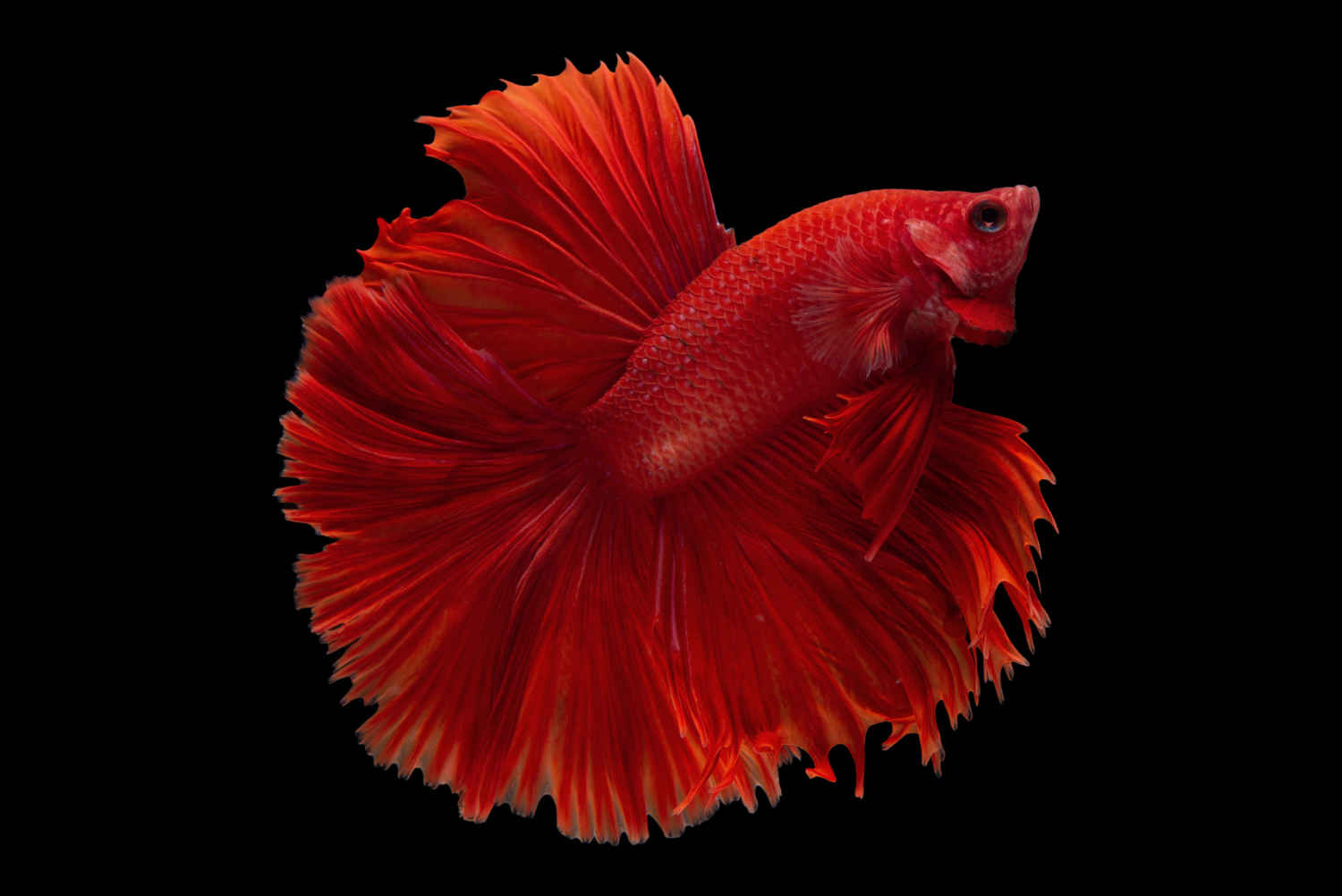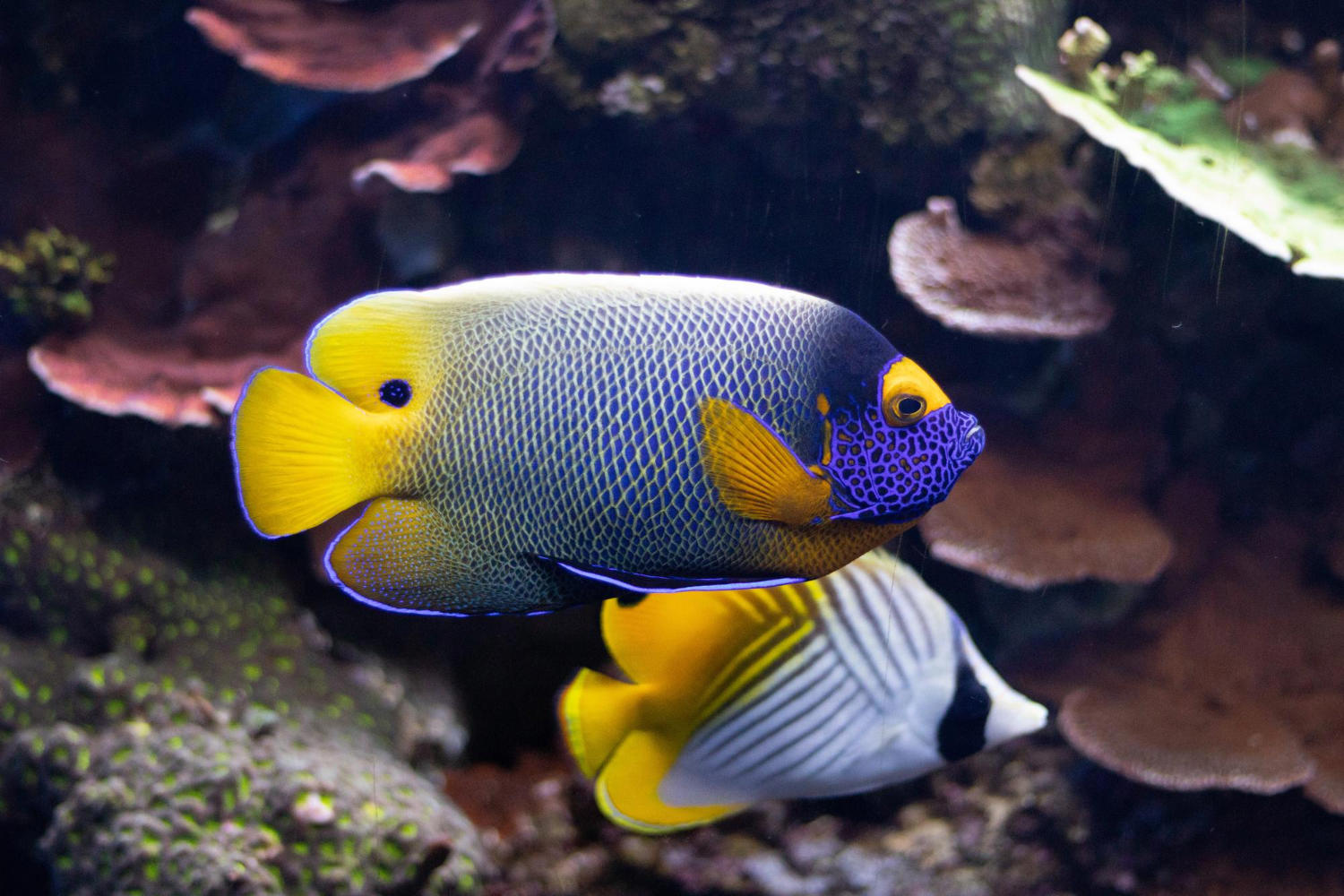Aquatic plants not only add beauty and color to your aquarium, but they also provide a natural habitat for your fish, helping them feel more at home. However, introducing new plants to your fish tank can be a tricky process. If not done correctly, it can lead to various problems like algae growth, plant die-off, and even harm your fish. The good news is that it doesn’t have to be a daunting task. In this blog post, we will guide you through the ten easy steps to safely introduce new plants to your fish tank and help you create a healthy and thriving aquatic environment.
If you’re a fish tank enthusiast, you know how important it is to maintain a healthy environment for your aquatic friends. One way to keep your tank thriving is by introducing new plants to the ecosystem. However, it’s important to take the proper steps to ensure that the new plants are introduced safely and don’t harm your beloved fish. In this blog post, we’ll cover ten easy steps to safely introduce new plants to your fish tank.
Step 1: Research the Plants
Before purchasing any new plants, it’s important to research them thoroughly. Make sure the plants you’re interested in are compatible with the type of fish you have in your tank and that they won’t pose any risk to your aquatic friends. Look up the plant’s ideal water parameters and lighting requirements to ensure your tank is suitable for the plant’s needs.
Step 2: Quarantine the Plants
It’s always a good idea to quarantine the plants before introducing them to your fish tank. This will help prevent any potential diseases or pests from entering your tank. Place the plants in a separate tank or container for a few days to observe them for any signs of disease or pests.
Step 3: Clean the Plants
Before introducing the plants to your tank, it’s important to clean them thoroughly. This will help remove any unwanted debris or pests that may have attached themselves to the plants. Rinse the plants with tap water and then soak them in a solution of water and aquarium-safe bleach for five minutes. Rinse the plants again with tap water and then soak them in a solution of water and dechlorinator for a few hours before introducing them to your tank.
Step 4: Trim the Plants
Trimming the plants is an essential step in preparing them for your fish tank. Cut off any brown or damaged leaves and trim the roots to an appropriate size. This will help the plants establish themselves in your tank more easily.
Step 5: Prepare the Tank
Before introducing the plants to your tank, prepare the tank by removing any dead or decaying plant matter. This will help prevent any potential health issues for your fish. Also, make sure the temperature, pH, and water hardness levels are suitable for both your fish and the new plants.

Step 6: Plant the New Plants
Now it’s time to introduce the plants to your tank! Plant the new plants in a suitable location, making sure they have enough space to grow and won’t shade out any other plants. Use a substrate that’s suitable for the plants’ needs and anchor the plants firmly in the substrate.
Step 7: Monitor the Plants
After introducing the new plants to your tank, monitor them closely for any signs of stress or disease. Look out for yellowing leaves, wilting, or any unusual growth patterns. If you notice any issues, take the necessary steps to address them promptly.
Step 8: Provide Adequate Lighting
Plants require adequate lighting to thrive, so make sure your tank has sufficient lighting for the new plants. The lighting should be suitable for the plant’s needs and be on for an appropriate amount of time each day.
Step 9: Maintain Water Parameters
It’s important to maintain suitable water parameters for both your fish and the new plants. Test the water regularly and make any necessary adjustments to ensure the pH, temperature, and water hardness levels are within the appropriate range.
Step 10: Keep Up with Maintenance
To keep your tank thriving, it’s important to keep up with regular maintenance. This includes performing water changes, trimming the plants, and removing any dead or decaying plant matter. By keeping up with maintenance, you’ll help ensure a healthy environment for your fish and plants.
Overall, introducing new plants to your fish tank can be a great way to enhance the ecosystem and create a beautiful underwater landscape. By following these ten easy steps, you can safely introduce new plants to your tank and ensure a healthy environment for your aquatic friends. Remember to research the plants, quarantine and clean them, prepare the tank, trim and plant the new plants, monitor them closely, provide adequate lighting, maintain water parameters, and keep up with regular maintenance. Happy planting!
Introducing new plants to your fish tank can be a fun and rewarding experience for both you and your aquatic pets. By following the ten easy steps we’ve outlined, you can ensure a smooth and safe transition for your new plants into their new home. Remember to always research the specific needs of your plants and fish, and to keep a close eye on water parameters. With a little bit of patience and care, your fish tank will flourish with beautiful and healthy plants. Happy planting!



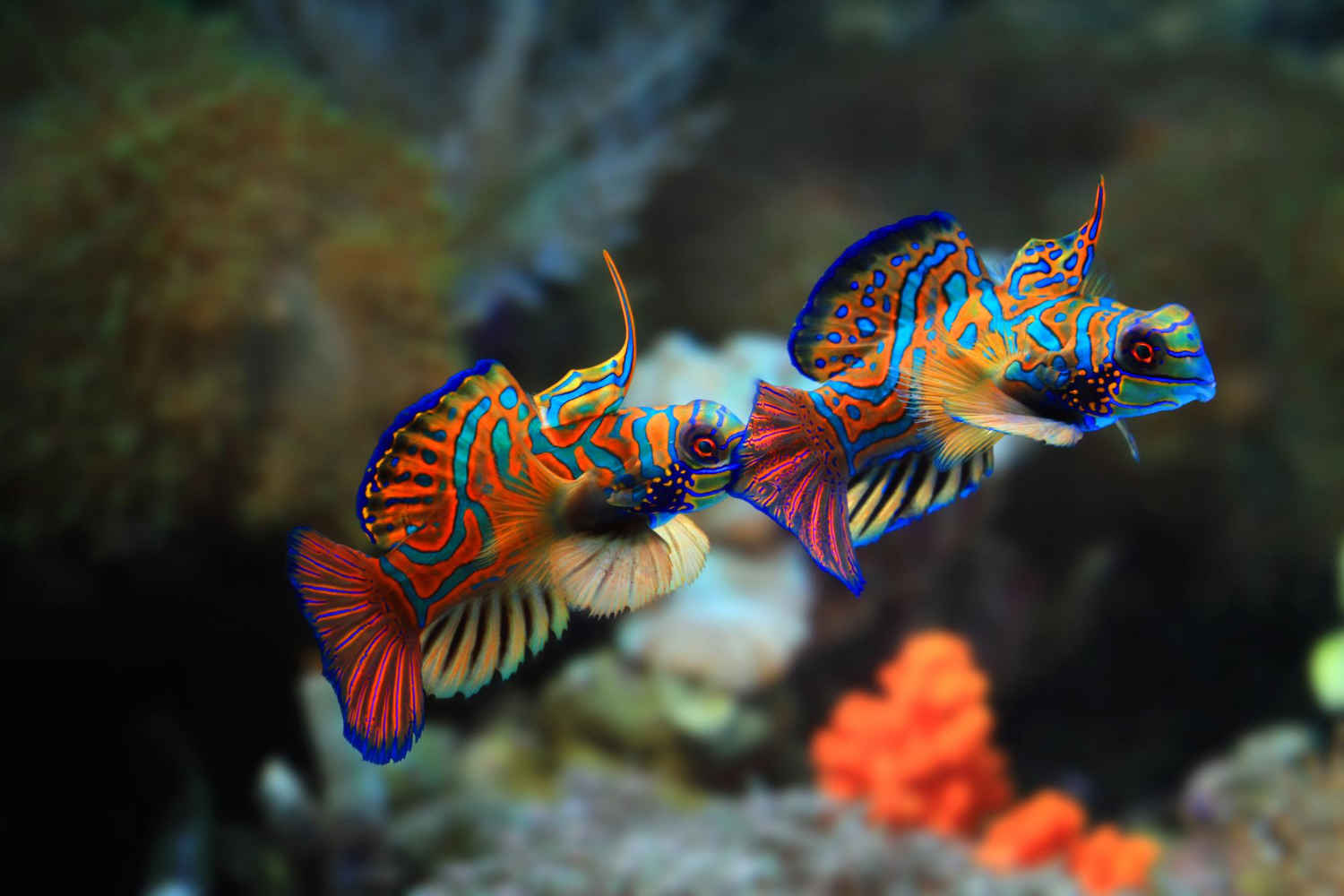
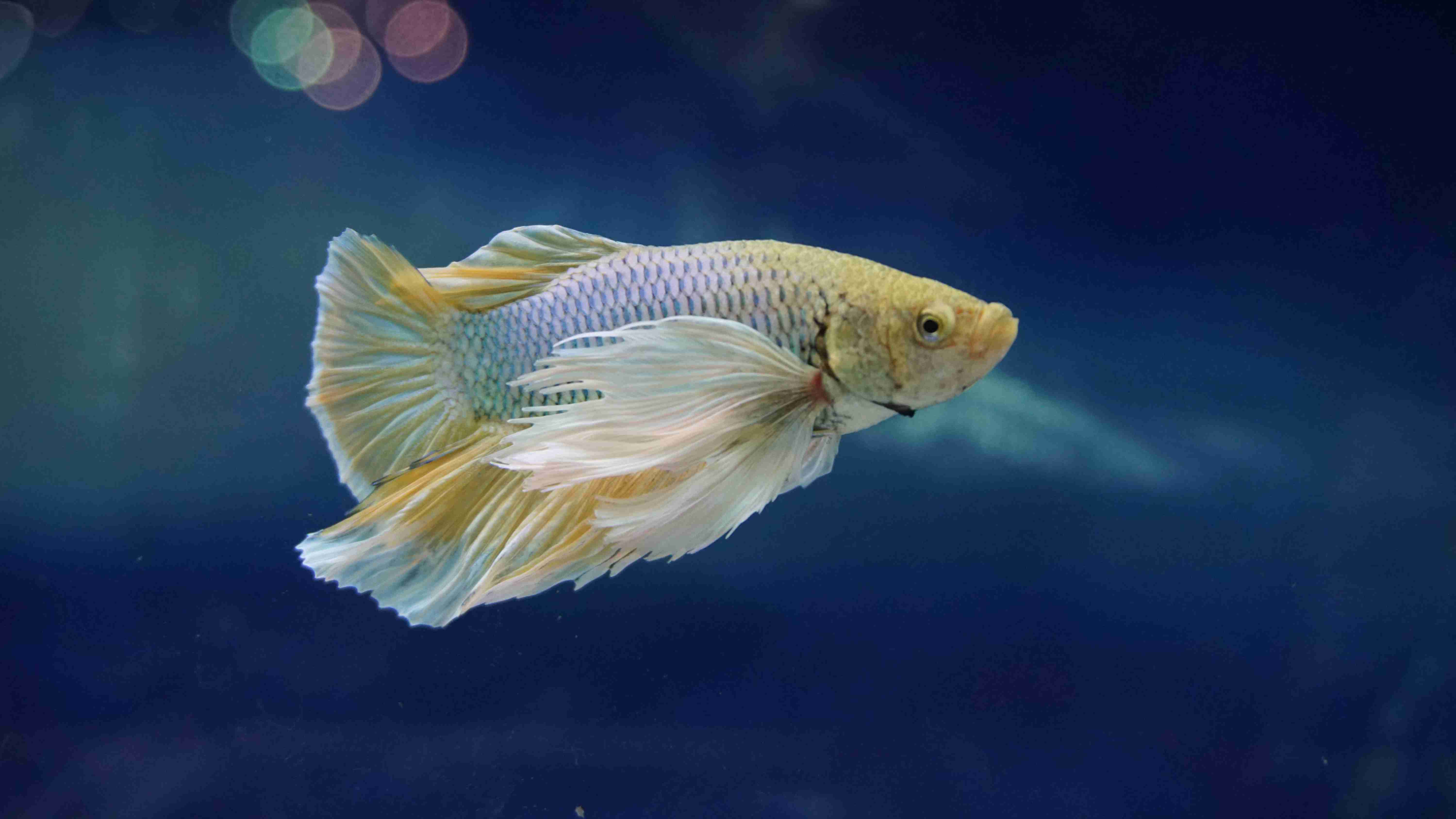
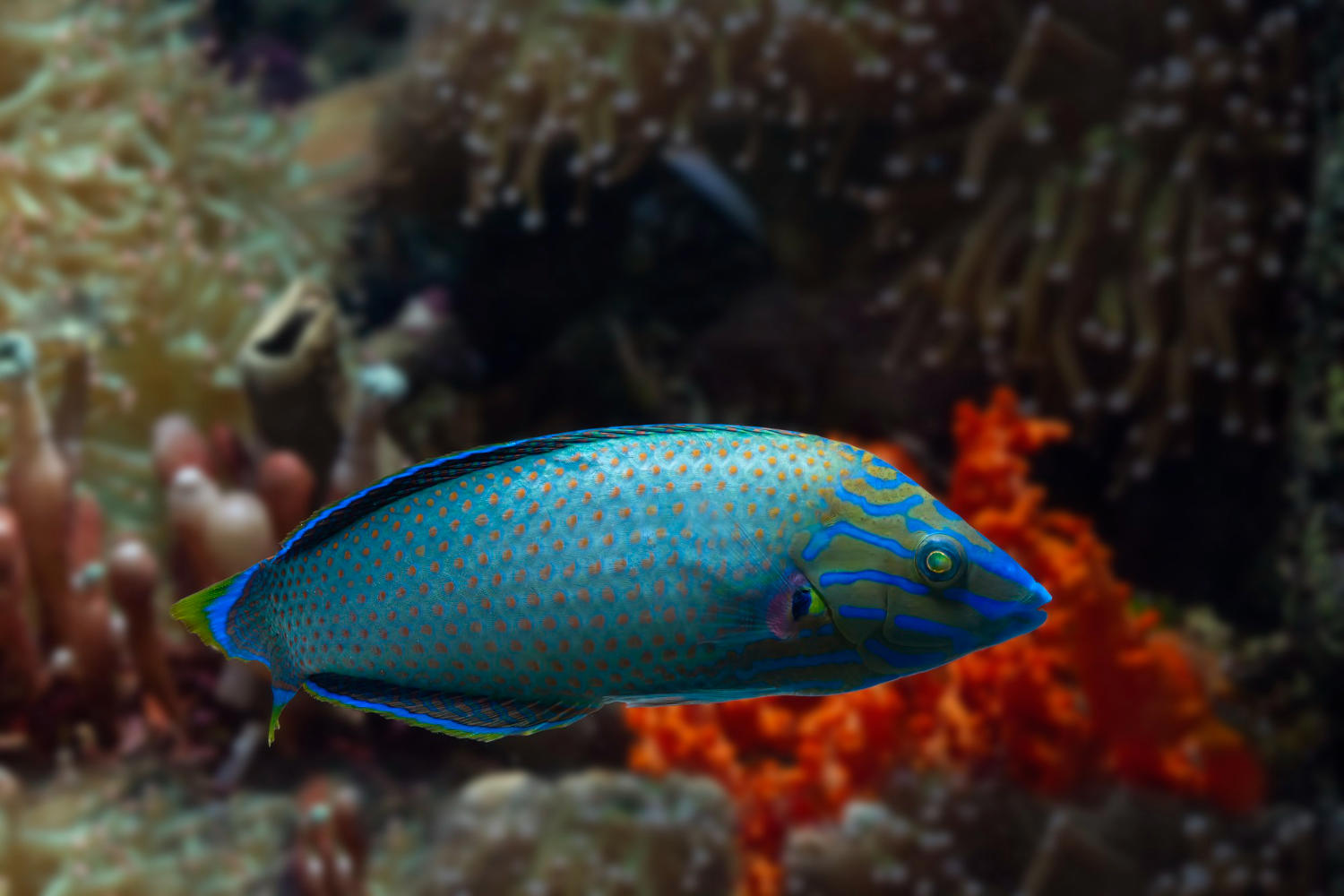
.jpg)
